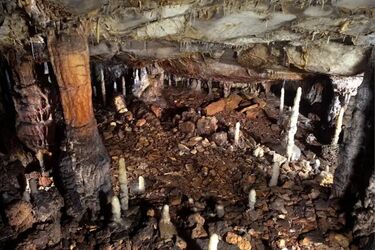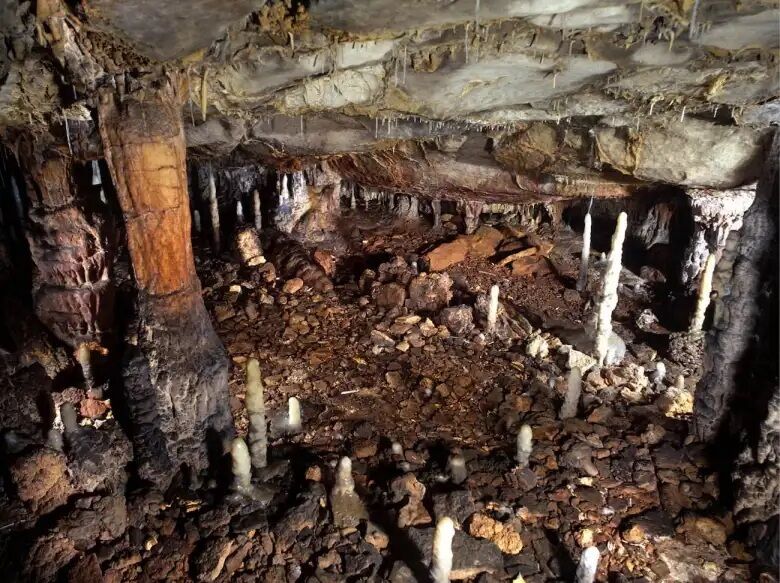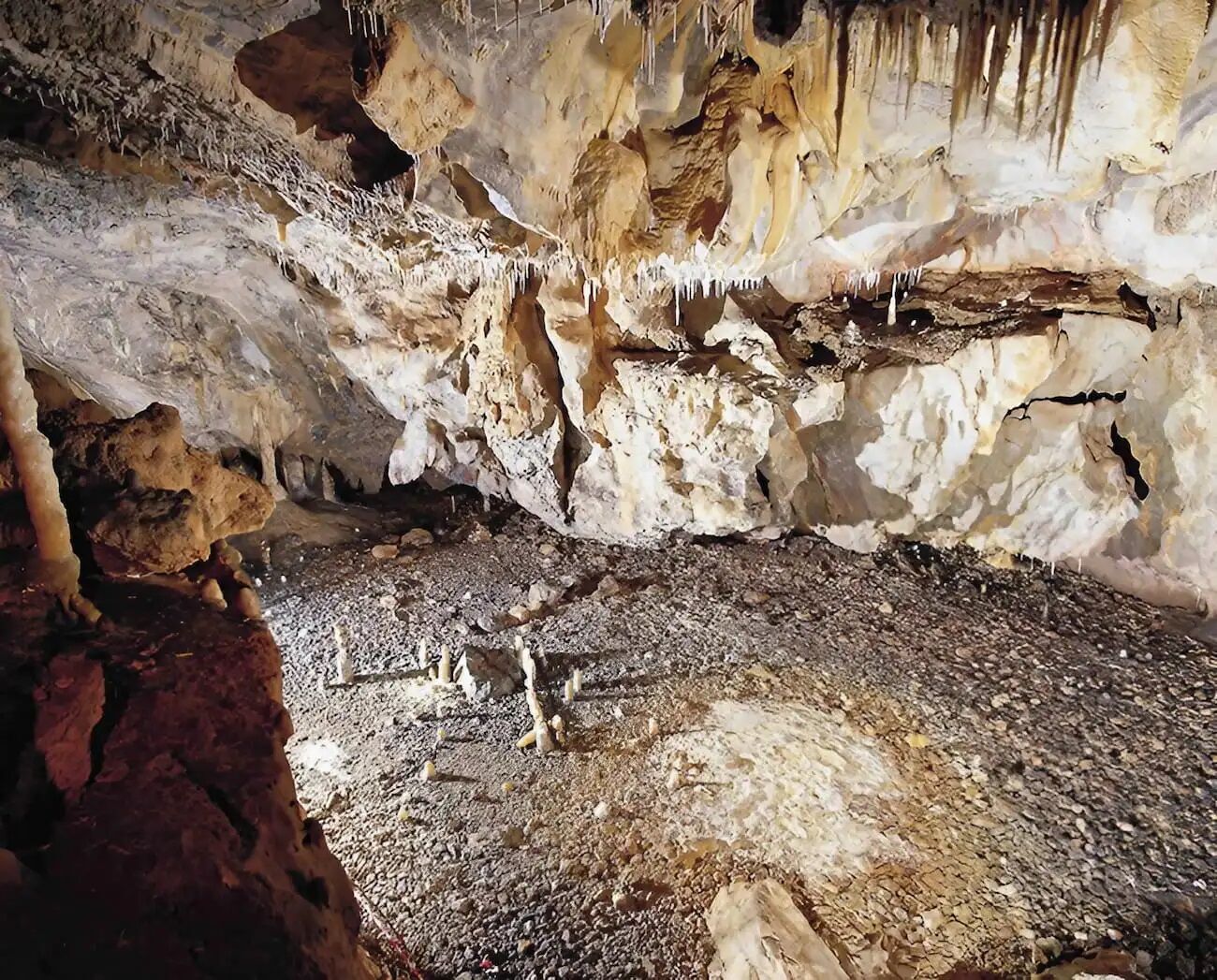Archaeologists show home of prehistoric people almost 17,000 years old (photo)

Archaeologists from the PALARQ Foundation and the International Institute for Prehistoric Research of Cantabria (IIPP) have discovered a well-preserved Paleolithic hut in the cave of La Garma in Cantabria, Spain.
This "hut" was built 16,800 years ago and is one of the best-preserved prehistoric dwellings in the world. According to HeritageDaily, this dwelling is an oval space of about 5 square meters, delimited by stones and stalagmites.
Read also: Wreckage of a sunken ship with treasures found in the waters of the Bahamas (photo)
The dwelling contains a structure made of sticks and skins that leaned against the cave ledge. In the center was a hearth where a variety of daily activities took place, such as making tools from stone, horns and bone, as well as processing hunting items.
Archaeologists have found more than 4,600 objects here, including bones of deer, horses, and bison, 600 pieces of flint, and tools made of horns and bone. Shells and uniquely decorated bones were also found.


The remarkable state of preservation of this Magdalenian habitat required two years of interdisciplinary work using innovative non-invasive techniques such as 3D mapping, soil analysis, and radiocarbon dating.
This discovery is of great importance for understanding the lifestyle of hunter-gatherer groups in the Middle Paleolithic in the northern Iberian Peninsula, the publication writes.
It is noted that La Garma is one of the most important prehistoric sites in Cantabria, including, in addition to the remains of a hut, significant sets of rock art, a long stratigraphic sequence of the last 400,000 years, and a variety of later archaeological contexts.
As a reminder, cone-shaped tombs with human remains dating back more than 3,000 years were found in Mexico.
If you want to get the latest news about the war and events in Ukraine, subscribe to our Telegram channel!
